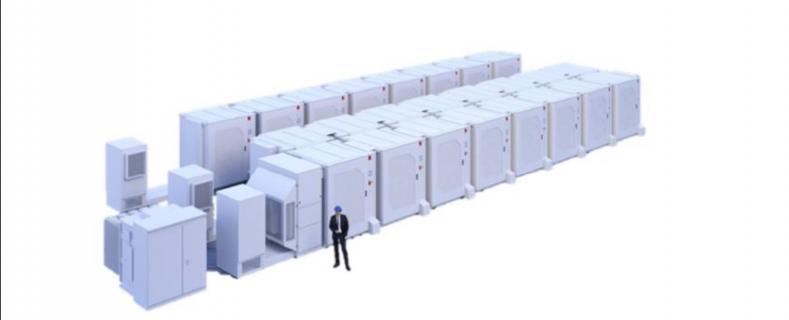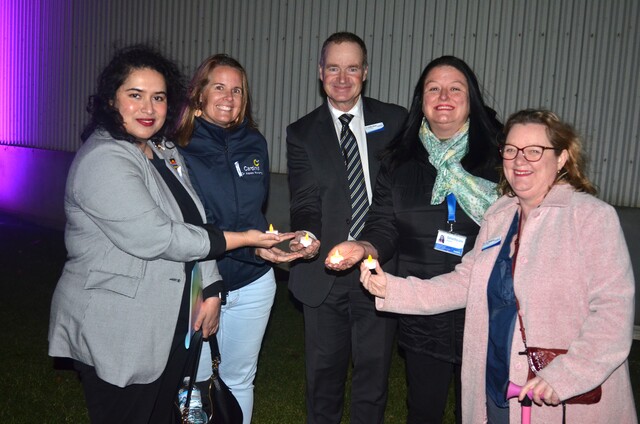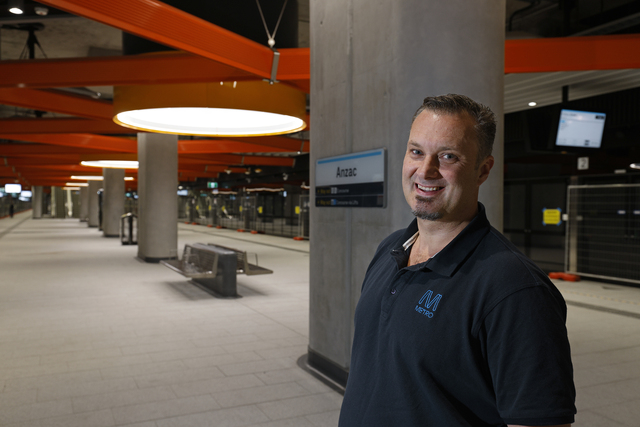A massive Cranbourne West battery storage unit larger than South Australia’s ‘Big Battery’ has been approved by the State Government.
The State Planning Minister granted a permit on 12 August for the 200 megawatt/400 megawatt hour lithium ion Rangebank Battery Energy Storage System at 280 Evans Road.
The 3.9-hectare facility is proposed for pasture land, which will become the south-east corner of the emerging 20-hectare Rangebank Business Park.
According to a planning permit submission, it was estimated to cost $80.2 million.
The proponent Macquarie Corporate Holdings declined to comment.
According to a planning report on its behalf, the BESS was touted as helping to “stabilise the State electricity supply” during high demand periods by providing additional storage capacity to next-door’s Cranbourne Terminal Station.
The storage system would smooth renewable energy input into the grid and help lower electricity prices, it was claimed.
It would also “achieve significant environmental benefits related to energy storage”.
“This will ensure stability of supply for businesses across Melbourne including the important south-east employment precincts, as well as households, particularly during peak summer demand periods.”
The proposal is larger than the 150 MW/194 MWh Hornsdale Power Reserve in South Australia “credited with reducing power supply costs … including increased competition”.
“It is a comprehensive and innovative proposal with wide ranging benefits”, the report stated.
The planning report submitted in September 2021 stated works could start as soon as “early 2022”, with a completion in “late 2022”.
When asked about the project’s timing, a Macquarie spokesperson said “we don’t have a comment”.
About 80 jobs would be supported during its construction.
The modular design of ’battery cubes’ will be shielded by an 4.5-metre acoustic wall, which will help ensure no “unacceptable noise impacts for neighbouring residential areas”, it was submitted.
“The landscaping design has been carefully considered to ensure that the facility is screened and presents as a visually appealing development.”
The fire management plan to contain potential battery cell fires included three accessible fire hydrants and a 10-metre firebreak.
The battery was to be supplied and made by US energy storage technology firm Fluence, the report stated.
“(Fluence) places high priority on safety management with fire detection mechanisms incorporated throughout the various levels of operating systems.”







